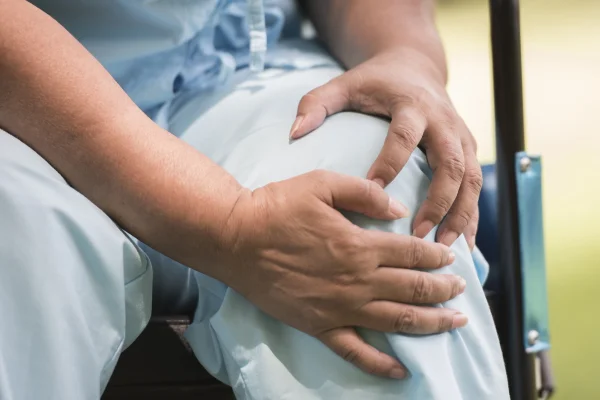
For physically active individuals, maintaining peak performance is often a top priority. Engaging in sports or vigorous exercise routines can put significant stress on the body, especially the joints and bones. This makes consulting an orthopaedic surgeon essential for managing and preventing injuries. In Singapore, where healthcare services are top-notch, finding a skilled orthopaedic surgeon can make a substantial difference in addressing and resolving musculoskeletal issues. Here’s why it’s crucial to seek out an orthopaedic surgeon if you’re actively involved in physical activities.
Understanding the Role of an Orthopaedic Surgeon
An orthopaedic surgeon is a medical professional specialising in the diagnosis, treatment, and prevention of musculoskeletal disorders, which include bones, joints, muscles, and ligaments. For athletes and physically active individuals, these specialists are vital in addressing common issues such as joint pain, fractures, and tendon injuries. An orthopaedic surgeon in Singapore can help manage and treat the conditions of many people who engage in sports activities effectively.
Addressing and Preventing Sports Injuries
Sports injuries are a prevalent concern among active individuals. Whether it’s a sprained ankle, a torn ligament, or a stress fracture, prompt and proper treatment is essential to ensure a swift recovery. In Singapore, sports injury management has become increasingly sophisticated, with many seeking a doctor to address specific issues related to risks in the body. Seeing an orthopaedic surgeon allows for a thorough evaluation of the injury, accurate diagnosis, and an appropriate treatment plan tailored to the individual’s needs.
Knee Pain: A Common Issue for the Active
Knee pain is one of the most common complaints among athletes and those engaged in high-impact activities. This discomfort can stem from a variety of causes, including overuse, trauma, or degenerative conditions. An orthopaedic surgeon specialising in knee pain, such as a knee pain doctor in Singapore, can provide targeted care to alleviate symptoms and address the underlying issues. Treatments may range from physical therapy and medication to surgical interventions, depending on the severity of the condition.
The Benefits of Early Consultation

Early action to examine a particular injury can significantly impact the outcome of the healing process. Waiting too long to seek medical advice can lead to complications or exacerbate the problem, potentially prolonging recovery time and affecting overall performance. By consulting an orthopaedic surgeon promptly, you can benefit from early diagnosis and treatment, which helps to minimise downtime and enhance your return to physical activities.
Treatment Plans
Every individual’s body is unique, and so is every injury. An orthopaedic surgeon can create a customised treatment plan that addresses specific needs based on the injury type, severity, and the person’s activity level. For instance, a sports injury in Singapore might require a different approach than a more general musculoskeletal problem. This personalised care ensures that the treatment is effective and aligned with your goals, whether you aim to return to competitive sports or simply maintain an active lifestyle.
Rehabilitation and Recovery
Rehabilitation is a critical component of recovery from any injury. An orthopaedic surgeon works closely with physiotherapists to develop a rehabilitation program that promotes healing and restores function. For physically active individuals, this might involve strength training, flexibility exercises, and sport-specific drills to ensure a full return to performance. Effective rehabilitation not only speeds up recovery but also reduces the risk of re-injury.
Preventing Future Injuries
To avoid harming one’s body in physical activity, this involves a combination of proper preparation, technique, and maintenance depending on one’s pursuit. Start by warming up before physical activities to prepare your muscles and joints for exertion, and cool down afterwards to aid recovery. Use appropriate equipment and protective gear tailored to your specific sport or activity.
Pay attention to proper technique and form to avoid undue stress on your body. Incorporate strength training, flexibility exercises, and balance drills into your routine to build resilience and reduce the risk of injury. While we have these key points in mind, the most important aspect is to listen to your body and avoid pushing through pain. To know more about your health, contact Bryan Tan Novena.

